Another Mayflower crosses the Atlantic Ocean with a renewed purpose, vigor, and thirst to learn more about the ocean and its inhabitants.
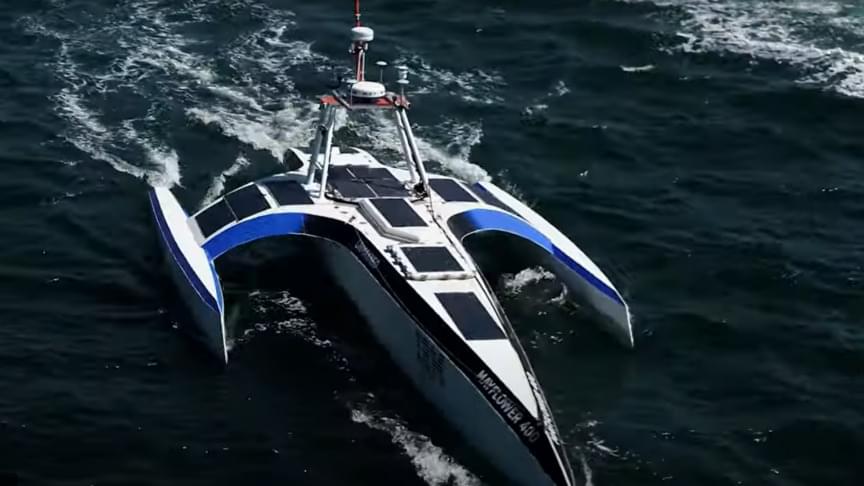

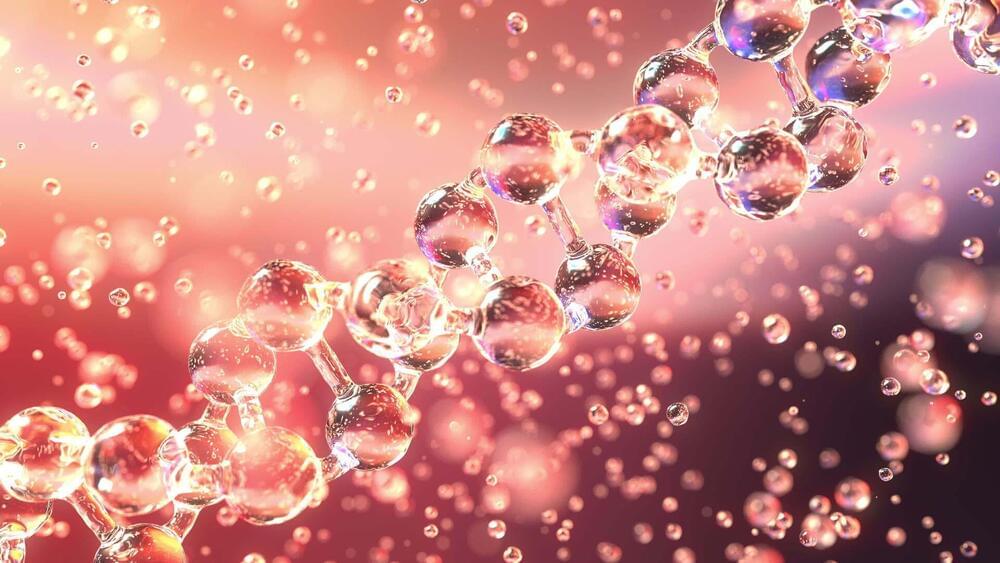
Methylation clocks are taking the longevity community by storm, but why are they so useful?
Do you know how old you really are? I am not doubting your ability to remember your birthday or questioning the honesty of your parents. Do you, on a fundamental level, know how ‘old’ your body truly is? Now surely that is just the same as the number of years you have been around, which would be your chronological age? Well in reality the answer to how ‘old’ your body is comes down to much more than simply how long you have been around for.
Allow me to explain by falling back to the commonly used automobile analogy. Let’s imagine I bought two identical Ford Escorts in 1982, and then proceeded to place one of them inside a time capsule, where it would be kept at a constant temperature in a non-reactive atmosphere. I then proceeded to drive the second car for the next 40 years. Over that 40 years, this car is going to experience wear and tear, and will most likely break down several times which will require mechanical intervention (analogous to medical intervention). Now, after this 40-year period I am going to take the first car out of storage and compare the two cars side by side. Which car is in the better condition? Well, the car that was preserved, obviously. Which car is likely to last the longest from that point onward? Well, the car which has been preserved, obviously.

Understanding the early universe has been a goal for scientists for decades. And, now with NASA’s James Webb space telescope, and other technology, we’re finally making some decent strides. A new simulation on early galaxy formation could be another key stepping stone, too.
Researchers created the simulation using machine learning. It then completed over 100,000 hours of computations to create the one-of-a-kind simulation. The researchers named the algorithm responsible for the project Hydo-BAM. They published a paper with the simulation’s findings earlier this year.
Creating a simulation of early galaxy formation has allowed researchers to chart the earliest moments of our universe. These important moments began just after the Big Bang set everything into motion. Understanding these key moments of the formation of the early universe could help us better understand how galaxies form in the universe today.
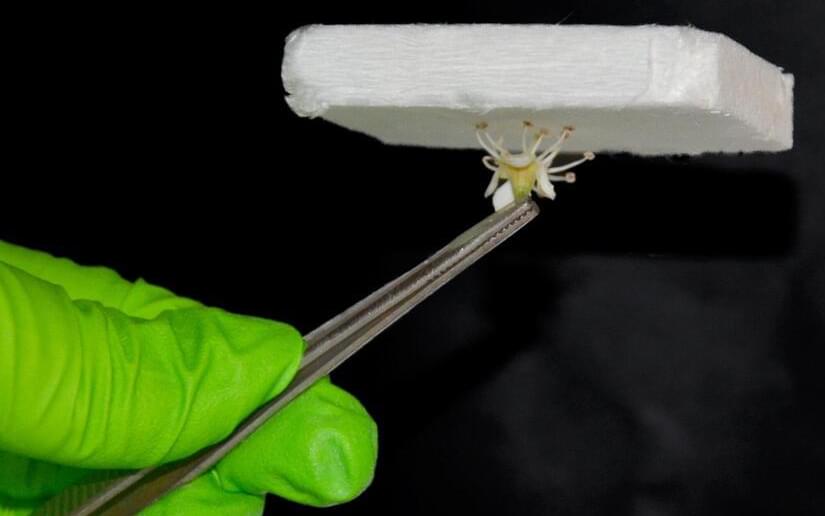
One day soon, buildings could become more energy-efficient—and environmentally sustainable—with insulating material developed from wood by researchers in Sweden. The newly-developed material offers as good or even better thermal performance than ordinary plastic-based insulation materials, according to researchers reporting recently in ACS Applied Materials & Interfaces.
Yuanyuan Li, an assistant professor at Wallenberg Wood Science Center, KTH Royal Institute of Technology in Stockholm, says that the new insulating material is an aerogel integrated wood which is made without adding additional substances.
Wood cellulose aerogels themselves are nothing new—researchers have been developing advanced types of aerogels and other composites for the last several years in the Wallenberg Wood Science Center at KTH—but Li says the new method represents a breakthrough in controlled creation of insulating nanostructures in the pores of wood.
“Functional mutations in the growth hormone pathway” meaning it is not active. What’s good for you as a youngster might not be good for you when you’re old.
Dr Nir Barzilai reveals what the longevity genes project found on why Centenarians live longer, not the longevity genes, not healthy lifestyles in this clip.
Dr. Nir Barzilai is the director of the Institute for Aging Research at the Albert Einstein College of Medicine and the Director of the Paul F. Glenn Center for the Biology of Human Aging Research and of the National Institutes of Health’s (NIH) Nathan Shock Centers of Excellence in the Basic Biology of Aging. He is the Ingeborg and Ira Leon Rennert Chair of Aging Research, professor in the Departments of Medicine and Genetics, and member of the Diabetes Research Center and of the Divisions of Endocrinology & Diabetes and Geriatrics.
Dr. Barzilai’s research interests are in the biology and genetics of aging. One focuses on the genetic of exceptional longevity, where we hypothesize and demonstrated that centenarians have protective genes, which allows the delay of aging or for the protection against age-related diseases. In a Program he is leading we take full advantage of phenotypes, DNA, and cells from the Ashkenazi Jewish families with exceptional longevity and the appropriate controls and his group have established at Einstein (over 2,600 samples of which ~670 are centenarians) and discovered underling genomic differences associated with longevity. Longevity Genes Project (LGP) is a cross-sectional, on-going collection of blood and phenotype from families with centenarian proband. LonGenity is a longitudinal study of 1,400 subjects, half offspring of parents with exceptional longevity, validating and following their aging in relationship to their genome.
DISCLAIMER: Please note that none of the information in this video constitutes health advice or should be substituted in lieu of professional guidance. The video content is purely for informational purposes.
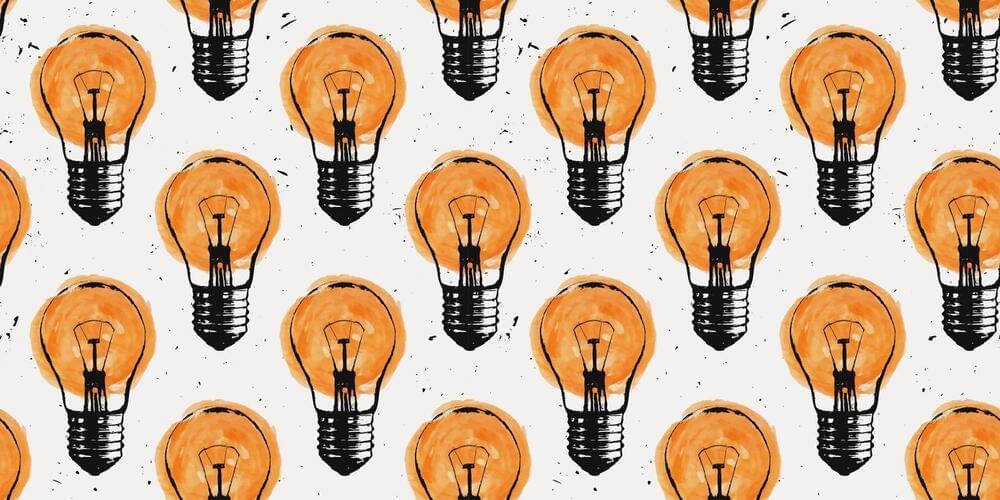
Circa 2019
Mark Lawrence (link is external), a postdoctoral scholar in materials science and engineering at Stanford, has moved a step closer to this future with a scheme to make a photon diode — a device that allows light to only flow in one direction — which, unlike other light-based diodes, is small enough for consumer electronics.
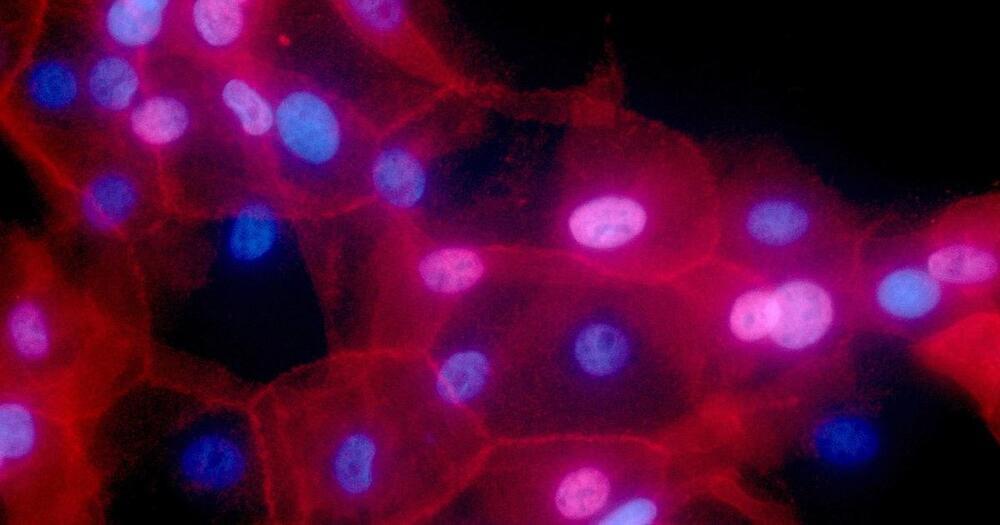
After surgery, some cancer patients can safely skip radiation or chemotherapy, according to two studies exploring shorter, gentler cancer care.
Researchers are looking for ways to precisely predict which cancer patients can avoid unneeded treatment to cut down on harmful side effects and unnecessary costs.
One new study used a blood test to determine which colon cancer patients could skip chemotherapy after surgery. Another suggests some low-risk breast cancer patients can omit radiation after lumpectomy.
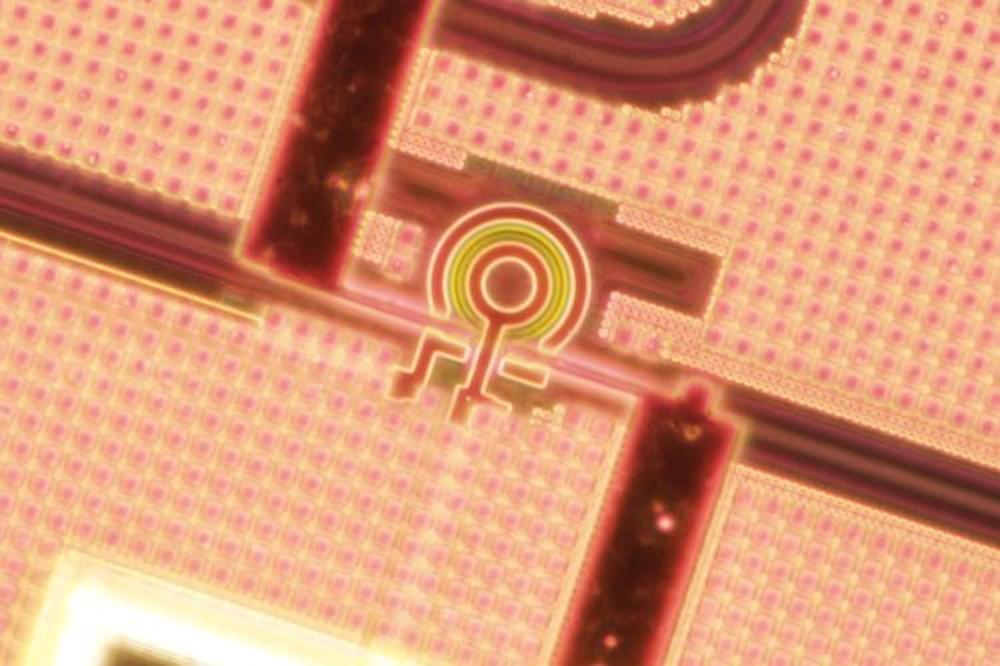
Quantum sensing is poised to revolutionize today’s sensors, significantly boosting the performance they can achieve. More precise, faster, and reliable measurements of physical quantities can have a transformative effect on every area of science and technology, including our daily lives. However, most of these schemes are based on special entangled or squeezed states of light or matter that are difficult to detect. It is a significantly challenging task to harness the full power of quantum-limited sensors and deploy them in real-world scenarios.
A team of physicists at the Universities of Bristol, Bath, and Warwick have found a way to operate mass manufacturable photonic sensors at the quantum limit. They have shown that it is possible to perform high-precision measurements of critical physical properties without the need for sophisticated quantum states of light and detection schemes.
Using ring resonators is a key to this breakthrough discovery. The ring resonators are tiny racetrack structures that guide light in a loop and maximize its interaction with the sample under study. Importantly, ring resonators can be mass-produced in the same way chips in computers and cell phones are.
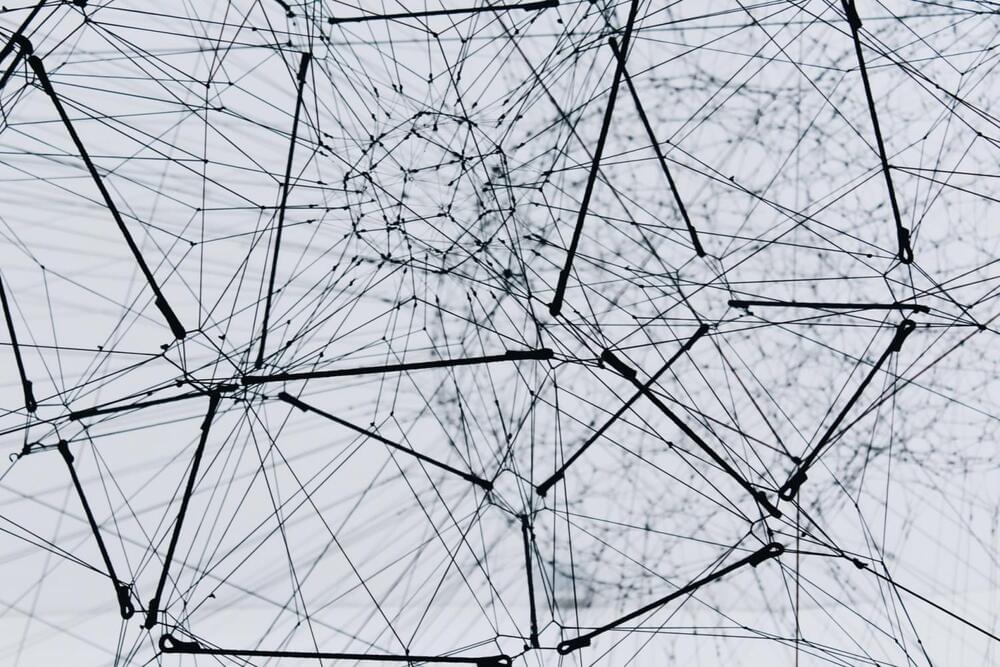
For those wondering what type of technology exists beyond 5G, scientists are saying a mobile communications frequency could be its level up. The new technology is called “beam-steering” and remains inaccessible to the current technological capacities.
University of Birmingham Scientists Find Faster Speeds than 5G
Scientists from the University of Birmingham, UK, were the ones that revealed the new technology and suggested that it cannot be accessed with the technology’s current capabilities. The “beam-steering” technology, as detailed by the scientists, is capable of speeds up to 10gbps.
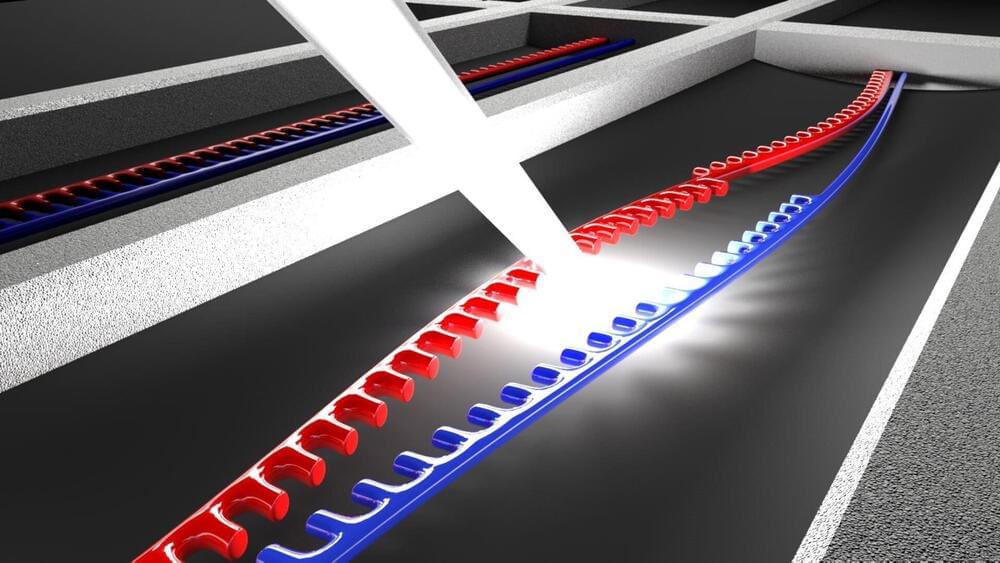
Using a network of vibrating nano-strings controlled with light, researchers from AMOLF have made sound waves move in a specific irreversible direction and attenuated or amplified the waves in a controlled manner for the first time. This gives rise to a lasing effect for sound. To their surprise, they discovered new mechanisms, so-called “geometric phases,” with which they can manipulate and transmit sound in systems where that was thought to be impossible. “This opens the way to new types of (meta)materials with properties that we do not yet know from existing materials,” says group leader Ewold Verhagen who, together with shared first authors Javier del Pino and Jesse Slim, publishes the surprising results on June 2 in Nature.
The response of electrons and other charged particles to magnetic fields leads to many unique phenomena in materials. “For a long time, we have wanted to know whether an effect similar to a magnetic field on electrons could be achieved on sound, which has no charge,” says Verhagen. “The influence of a magnetic field on electrons has a wide impact: for example, an electron in a magnetic field cannot move along the same path in the opposite direction. This principle lies at the basis of various exotic phenomena at the nanometer scale, such as the quantum Hall effect and the functioning of topological insulators (materials that conduct current perfectly at their edges and not in their bulk). For many applications, it would be useful if we could achieve the same for vibrations and sound waves and therefore break the symmetry of their propagation, so it is not time-reversal symmetric anymore.”